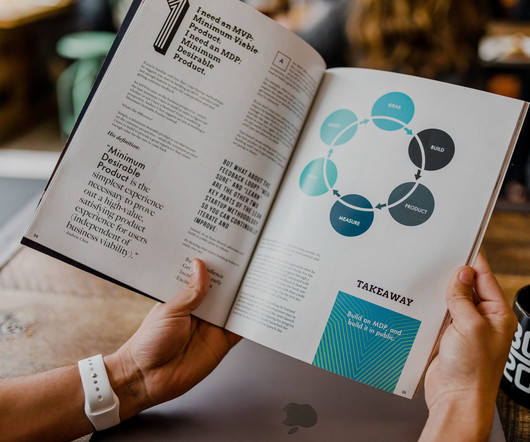What Is Peer-to-Peer Learning in the Workplace? (+Examples)
WhatFix
SEPTEMBER 14, 2022
What Is Peer-to-Peer Learning? Peer-to-peer learning is a mutual learning and training strategy that involves participants of the same level engaging in collaborative learning. Simply put, peer-to-peer learning is when one or more learners teach other learners. Action learning groups.



































Let's personalize your content